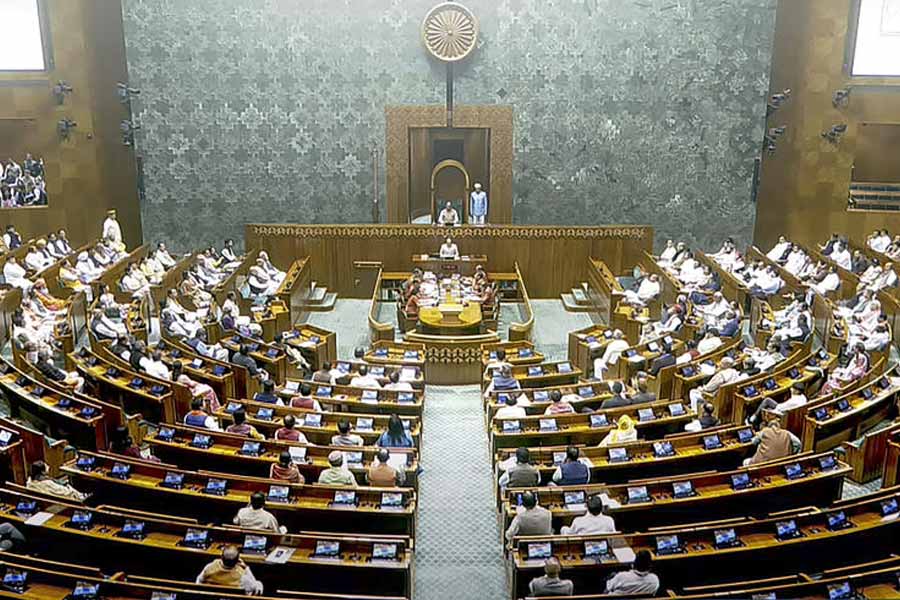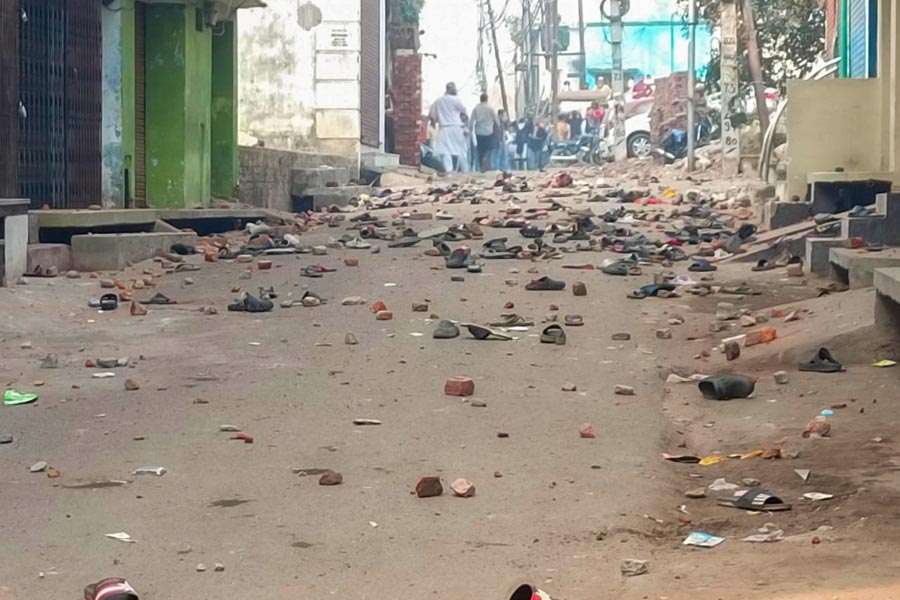For months the Chinese government’s propaganda machine had been fending off criticism of Beijing’s handling of the coronavirus outbreak, and finally, it seemed to be finding an audience. Voices from the World Health Organisation to the Serbian government to the rapper Cardi B hailed China’s approach as decisive and responsible.
But China could not savour the praise for long. In recent days, foreign leaders, even in friendly nations like Iran, have questioned China’s reported infections and deaths. A top European diplomat warned that China’s aid to the continent was a mask for its geopolitical ambitions, while a Brazilian official suggested the pandemic was part of China’s plan to “dominate the world”.
As the pandemic unleashes the worst global crisis in decades, China has been locked in a public relations tug-of-war on the international stage.
China’s critics, including the Trump administration, have blamed the Communist Party’s authoritarian leadership for exacerbating the outbreak by initially trying to conceal it. But China is trying to rewrite its role, leveraging its increasingly sophisticated global propaganda machine to cast itself as the munificent, responsible leader that triumphed where others have stumbled.
What narrative prevails has implications far beyond an international blame game. When the outbreak subsides, governments worldwide will confront crippled economies, unknown death tolls and a profound loss of trust among many of their people. Whether Beijing can step into that void, or is pilloried for it, may determine the fate of its ambitions for global leadership.
“I think that the Chinese remain very fearful about what will happen when we finally all get on top of this virus, and there is going to be an investigation of how it started,” said Bonnie Glaser, the director of the China Power Project at the Center for Strategic and International Studies in Washington. “They’re just trying to repair the damage that was done very early on to China’s reputation.”
The crux of China’s narrative is its numbers. Since late March, the country has consistently reported zero or single-digit new local infections, and on Wednesday, it lifted its lockdown in Wuhan, where the outbreak began.
In all, the country has reported nearly 84,000 infections and about 3,300 deaths — a stark contrast to the US, which has reported more than 399,000 infections, and Spain and Italy, each with more than 135,000.
The numbers prove, China insists, that its response was quick and responsible, and its tactics a model for the rest of the world.
During a visit last month to Wuhan, China’s top leader, Xi Jinping, said that “daring to fight and daring to win is the Chinese Communist Party’s distinct political character, and our distinct political advantage.”
Chinese officials have specifically compared their response to that of the US, which has reported dire shortages of testing kits and ventilators.
“While China set an example and bought precious time for the world with huge efforts and sacrifice, as the WHO, foreign leaders, experts and media say, did a certain country make full use of the time to enhance preparedness?” Hua Chunying, a spokeswoman for China’s foreign ministry, said last week.
While the numbers are core to China’s narrative, they have also been perhaps its most vulnerable aspect.
Public health experts agree that China is undercounting its victims. The same is true in the US, Italy and any country hard-hit by the virus. But concerns about China’s accuracy are particularly acute, given the government’s history of concealing unfavourable news.
Caixin, a respected Chinese newsmagazine, recently reported that a truck driver brought thousands of urns to just one funeral home in Wuhan, though it was unclear if the urns were used for coronavirus victims only, or more broadly.
China for weeks also flouted guidance from the WHO, which recommends that countries include asymptomatic patients in their official counts. Officials only began partially reporting them on April 1, bowing to public pressure.
In addition, American news outlets recently reported that the CIA had been warning the White House since at least early February that China’s infection count was unreliable, though the basis for the CIA’s scepticism was unclear. And on Sunday, a spokesman for Iran’s health ministry joined the chorus, calling China’s reported numbers “a bitter joke.”
Chinese officials have called the accusations “immoral slanders”. They suggested that the US was casting doubt on China to distract from the fact that American officials had also ignored early warnings from experts.
“We sympathise with Americans, as they are facing a severe situation, and I can imagine why some in the United States are trying so hard to shift the blame,” Hua said.
While China’s propaganda might usually be dismissed as just that, especially in developed, democratic countries, the errors in those countries’ responses have allowed it to gain more of a toehold than usual, said Yanzhong Huang, who leads the global health center at Seton Hall University in New Jersey.
“The complacency, the lack of action, the efforts to downplay the serious of the problem by our own governments — we’ve seen these developments actually help China to make a strong case that they are not the cause of the problem,” he said.
It is also true that the Chinese government’s strict, top-down response helped stop the outbreak more successfully than in many other countries, experts said.
And some of its efforts to defend its response are justified: When the Wuhan lockdown was first imposed, overseas public health experts and policymakers called it draconian and doomed to fail. But many have since concurred that, in the absence of widespread testing, a cure or a vaccine, harsh restrictions on people’s movement are key to slowing transmission.











